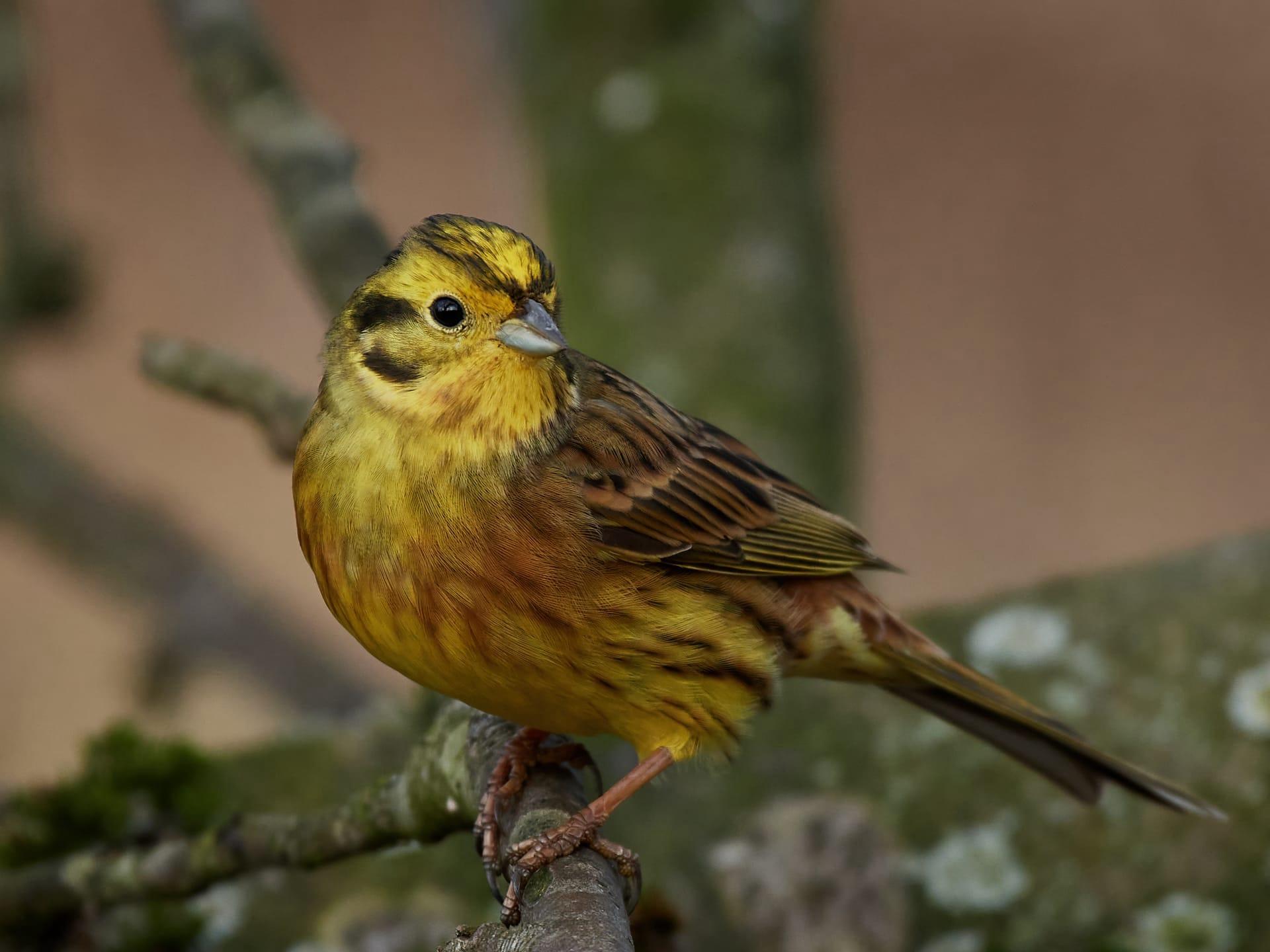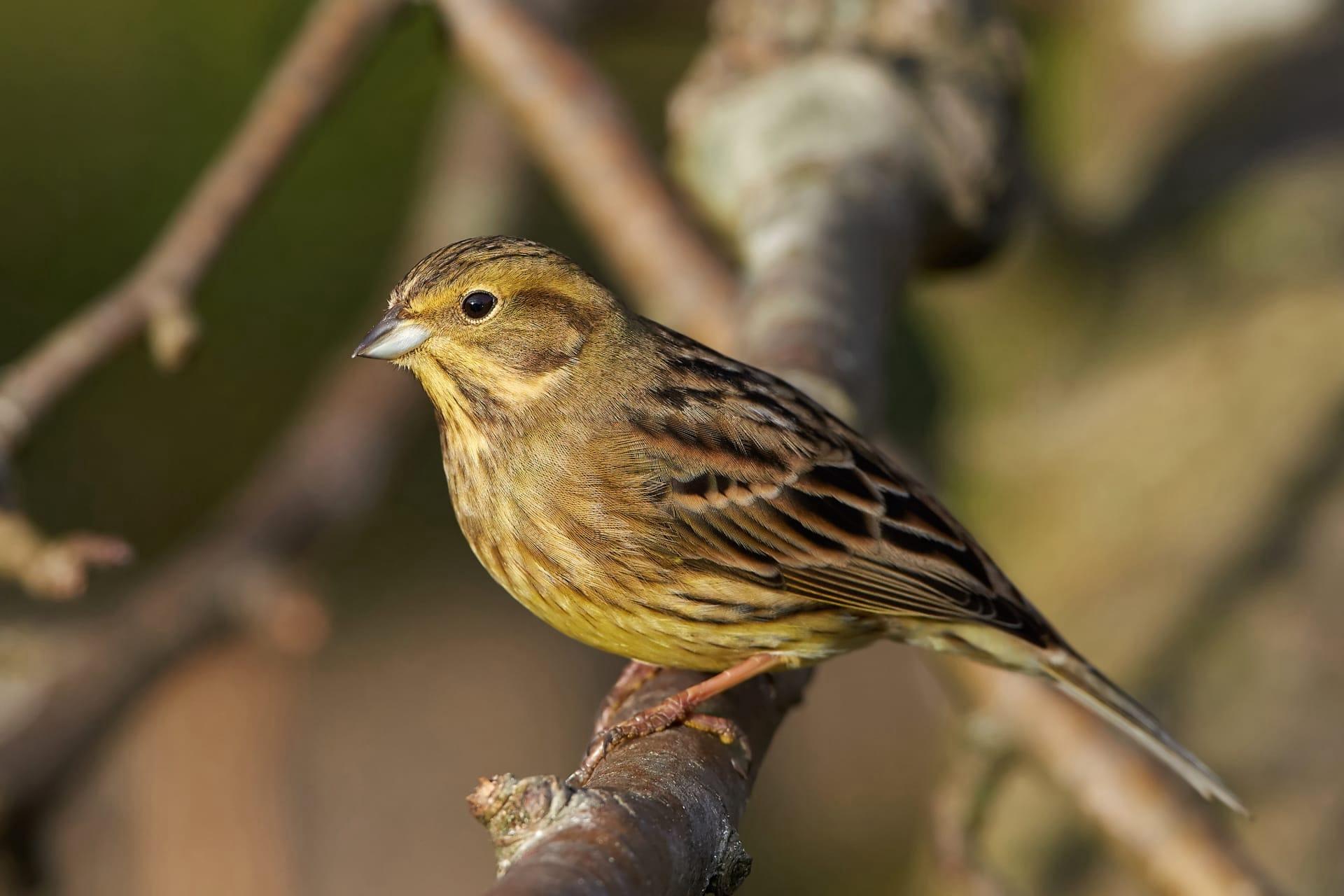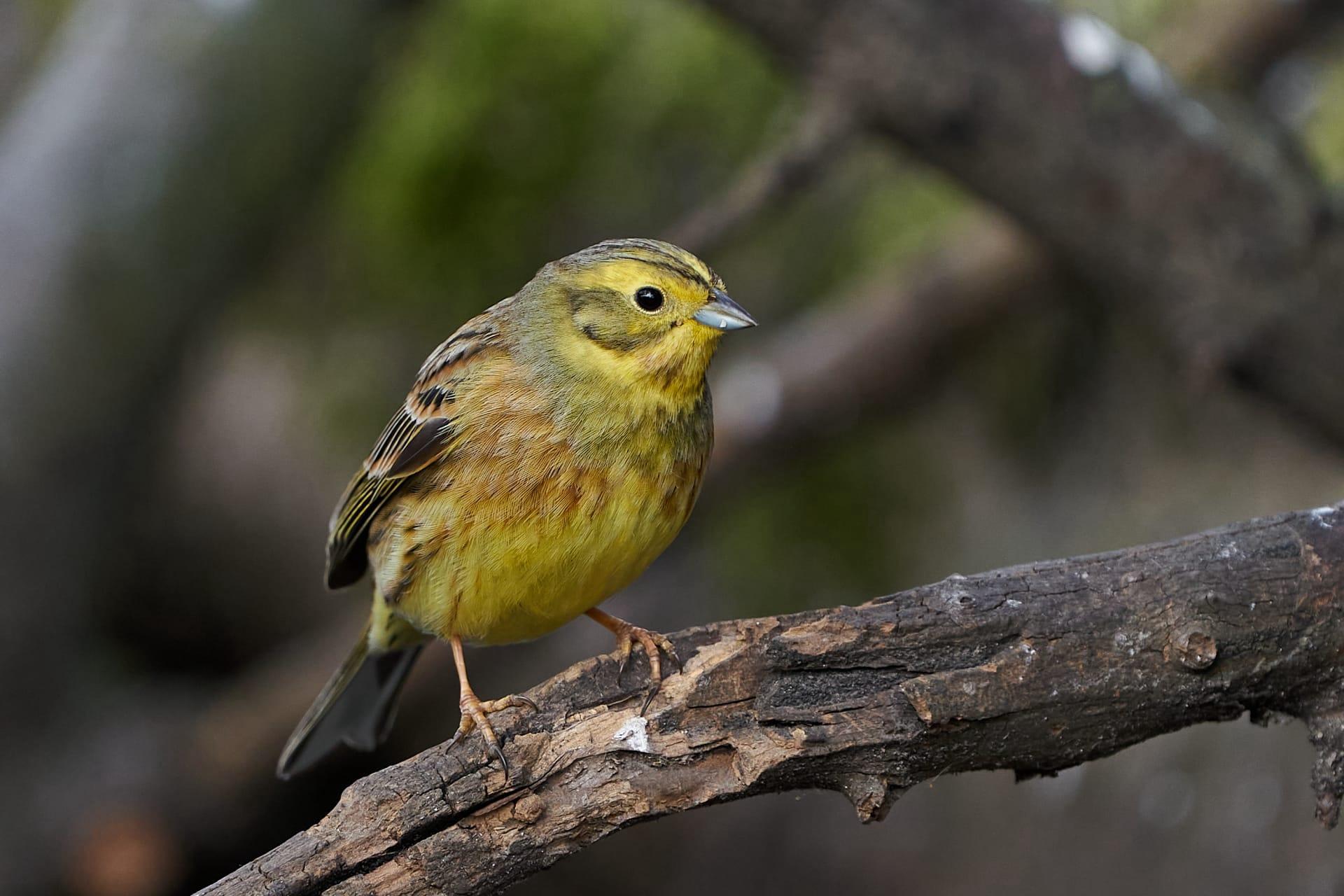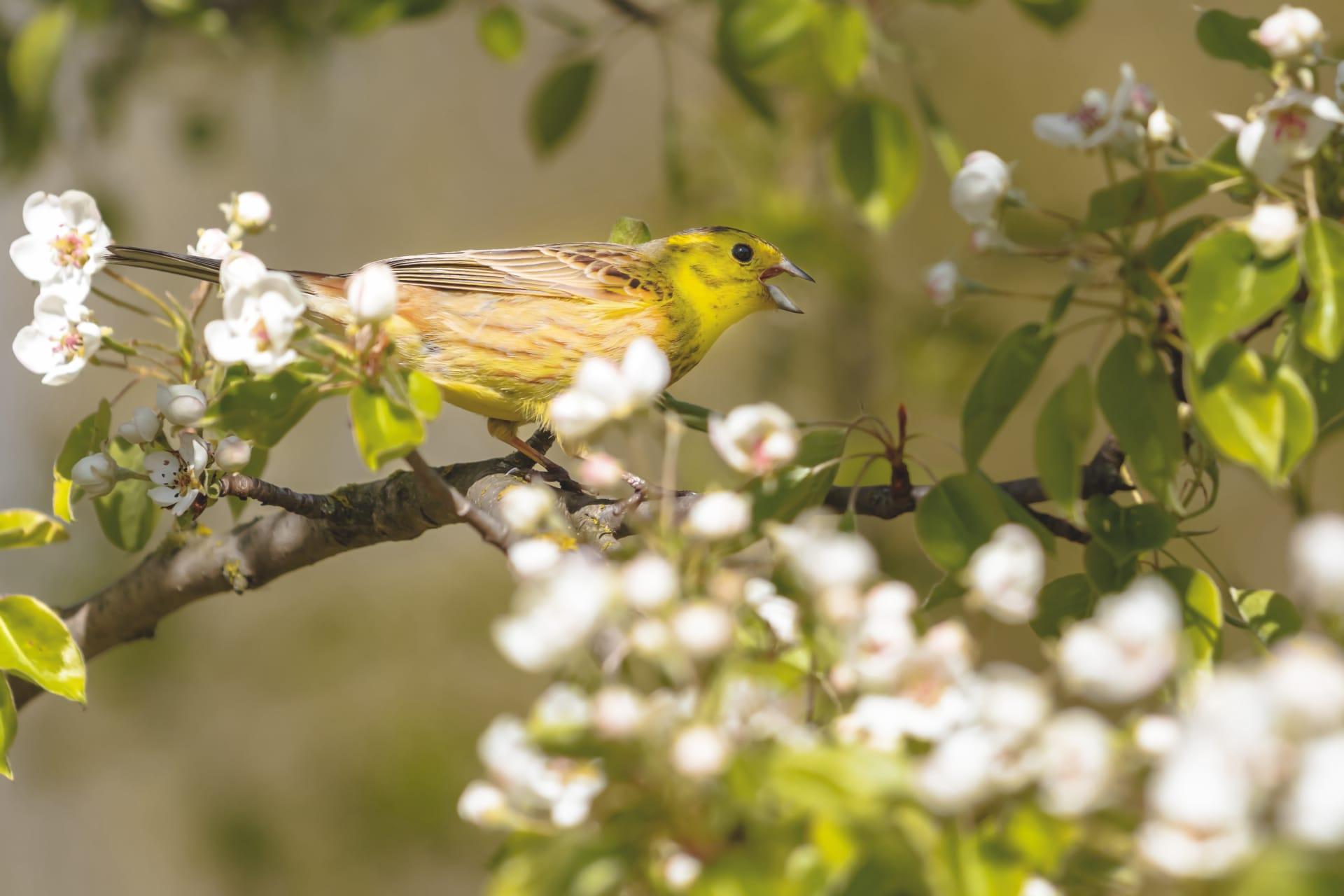Yellowhammer Characteristics
- Home /
- Mini Encyclopedia /
- Animal /
- Yellowhammer Characteristics
1
Welcome to the vibrant world of the Yellowhammer, a small yet fascinating bird that adorns our countryside with its striking yellow plumage. These birds, typically measuring about 6.5 to 7.5 inches in length with a wingspan of 9.5 to 10.5 inches, are a sight to behold. They weigh around 20 to 30 grams, making them light and agile. The Yellowhammer has a life expectancy of around 2 to 3 years in the wild, but some have been known to live up to 7 years, depending on environmental conditions and predation.
One of the most remarkable organs in the Yellowhammer is its syrinx, the bird's vocal organ. Located at the base of a bird's trachea, this unique structure allows Yellowhammers to produce their characteristic singing. The syrinx is made up of muscle-controlled vibrating membranes that can produce a wide range of sounds. This feature is essential for communication, especially during mating seasons and territorial disputes. The complexity and beauty of their song, often described as a series of short, melodious phrases, are a testament to the syrinx's intricate design and function.

2
Question: Why do Yellowhammers have such a vibrant yellow coloration?
Answer: The vibrant yellow coloration of the Yellowhammer is primarily for attracting mates and signaling fitness. The intensity of the yellow plumage is directly related to the bird's diet and overall health. Carotenoids, natural pigments found in some of the seeds and insects they consume, are responsible for this striking color. These pigments are metabolized and deposited in the feathers, which results in the bright yellow that we see. Moreover, this coloration plays a crucial role in mate selection, as females often prefer males with more vivid hues, which indicate a well-fed and healthy partner.

3
Motion and agility are key aspects of the Yellowhammer's lifestyle. These birds are known for their undulating flight pattern, characterized by a series of rapid wing beats followed by a short glide with closed wings. This movement not only aids in efficient travel but also helps evade predators. On the ground, they move with a characteristic hopping motion, which is both quick and efficient for foraging.
As for their diet, Yellowhammers are primarily seed-eaters, particularly fond of cereals like wheat and barley. However, during the breeding season, they switch to a more protein-rich diet, consuming small insects and larvae. This change is crucial for the growth and development of their chicks. Their foraging technique involves pecking at the ground or plant stems, adeptly picking out seeds and insects. This skill is vital for their survival, especially in colder months when food is scarce.

4
The Yellowhammer thrives in a variety of environments but has a strong preference for open countryside with a mix of farmland, hedgerows, and scrubland. These habitats provide both the cover and the food sources they need. They are commonly found in agricultural landscapes, where cereal crops are abundant. The availability of thickets and hedges is essential for nesting and protection from predators.
In terms of reproduction, Yellowhammers are monogamous and typically breed from April to August. The female builds a cup-shaped nest on the ground or in low bushes, using grass, moss, and lined with finer materials. She lays 3 to 5 eggs per clutch, which are incubated for about 12 to 14 days. The chicks, fed by both parents, fledge in about 10 to 14 days. This breeding cycle highlights their adaptability and resilience in various environmental conditions.

5
Book: "The Secret Life of Yellowhammers" by Evelyn Carter, published in the United Kingdom in 1995. This book offers a delightful journey into the lives of Yellowhammers, exploring their behavior, habitats, and the challenges they face. Carter's narrative combines scientific research with personal observations, making it an engaging read for bird enthusiasts and nature lovers alike.
Book: "Yellowhammer: A Farmer's Bird" by James Anderson, released in the United States in 2001. Anderson, a farmer and amateur ornithologist, provides a unique perspective on how agricultural practices impact the Yellowhammer. The book delves into the bird's role in the ecosystem, its interaction with farming activities, and conservation efforts. It's a compelling read for those interested in the intersection of agriculture and wildlife conservation.